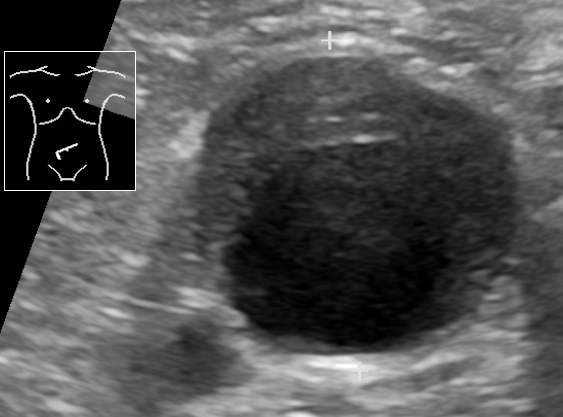Playlist
Show Playlist
Hide Playlist
Abdominal Aortic Aneurysm
-
Slides Abdominal aortic aneurysm Special Surgery.pdf
-
Download Lecture Overview
00:01 Welcome back, thanks for joining me on this discussion of abdominal aortic aneurysm in this section of vascular surgery. 00:09 This is a particularly important topic so I hope you play close attention. 00:13 There are a lots of risk factors for abdominal aortic aneurysm, we'll call it AAA going forward. 00:20 Smoking, remember the other vascular lectures, smoking is a bad player in all vascular diseases. 00:27 Certainly there's a male preponderance and as we get older most of our abdominal aortic -- diameters are actually in large a little bit but not necessarily aneurysmic. 00:39 High blood pressure and non-laminar flow. 00:42 There's some suggestion of a family history and perhaps there's a genetic component. 00:48 Although, we're not actually sure why. 00:50 And history of any other peripheral aneurysms, this is true of all patients with aneurysms as we say, once you have one aneurysm you might have aneurysm elsewhere so you should have a high index of suspension to look for other sites. 01:07 And like many other peripheral vascular diseases, history or the actual presence of coronary artery disease and other atherosclerotic disease also of course puts you at risk for AAA. 01:22 Here's the quick review of the normal anatomy. 01:26 Take a look at the picture in the center of the screen. 01:28 The red is actually aorta, remember the aorta is the left of the inferior vena cava. 01:35 It's of course a little closer to the midline of your abdomen than the IVC. 01:39 Also clearly showing here are the superior and inferior mesenteric take offs. 01:45 You also know very clearly the common bifurcation. 01:49 So let’s have a view on the definition of an aortic aneurysm. 01:55 It is defined if the aorta attains a diameter 50% or greater than the original diameter. 02:01 You might be a little surprise, 3 cm is not that large and yet that aorta is responsible to be conduit for supplying blood all over your body. 02:13 This is considered a progressive dilation. 02:17 Didn't happen overnight and by the time either become symptomatic or something that we picked up, it's probably been many years in the making. 02:25 Here in the diagram, you notice an aneurysmic sack when you look at it compare to the normal anatomy to the left side, it's clearly an aneurysm or bulbous bulging on the vascular wall. 02:39 As I previously described, we think of abdominal aortic aneurysm as multi-factorial, there's likely a genetic component because it does seem to tend -- run in some families and they are prone inflammatory mediators, hyperlipidemia, atherosclerotic plaques and there’re also biomechanical stresses on the arterial wall. 03:03 These factors are particularly, exacerbated by high blood pressure.
About the Lecture
The lecture Abdominal Aortic Aneurysm by Kevin Pei, MD is from the course Special Surgery.
Included Quiz Questions
By how much does the original diameter of the aorta need to increase in order to diagnose an AAA?
- 50%
- 70%
- 20%
- 30%
- 45%
Which of the following is NOT a risk factor for abdominal aortic aneurysms?
- Zinc deficiency
- Atherosclerosis
- Infection
- Family history of AAA
- High blood pressure
Customer reviews
5,0 of 5 stars
| 5 Stars |
|
5 |
| 4 Stars |
|
0 |
| 3 Stars |
|
0 |
| 2 Stars |
|
0 |
| 1 Star |
|
0 |





